Nationality American Books Myron Hunt, 1868-1952 Role Architect | Name Myron Hunt Occupation Architect | |
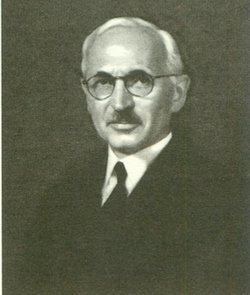 | ||
Structures Huntington Library, Rose Bowl, Ambassador Hotel, The Mission Inn Hotel & S, The Langham Huntingto Similar People Elmer Grey, Henry E Huntington, Frank Augustus Miller, Zane Grey | ||
The Berns Team Presents 1425 Wentworth Ave - Luxury Pasadena Lease designed by Myron Hunt
Myron Hubbard Hunt (February 27, 1868 – May 26, 1952) was an American architect whose numerous projects include many noted landmarks in Southern California. Hunt was elected a Fellow in the American Institute of Architects in 1908.
Contents
- The Berns Team Presents 1425 Wentworth Ave Luxury Pasadena Lease designed by Myron Hunt
- SOLD by Sandy Jones Ray UPLAND CA Historic Home 1790 N Euclid Avenue
- Early life and education
- Career
- Myron Hunt projects
- Hunt and Grey 19031910
- Myron Hunt office 19101920
- Hunt and Chambers 19201947
- References
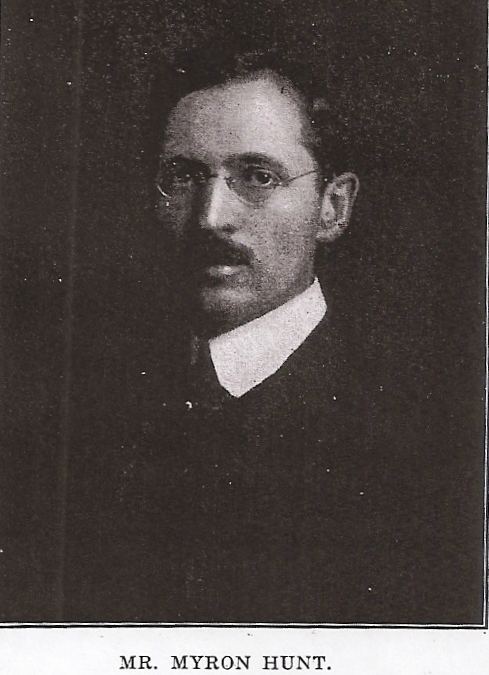
SOLD by Sandy Jones-Ray - UPLAND, CA, Historic Home, 1790 N. Euclid Avenue
Early life and education
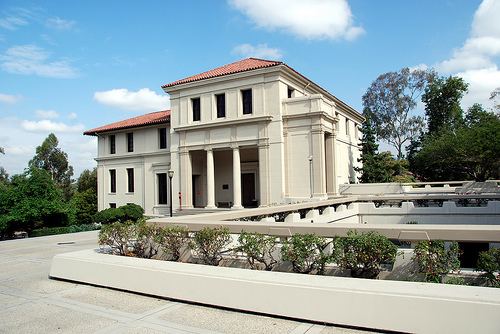
Hunt was born in Sunderland, Massachusetts but his family later moved to Chicago where he graduated from Lake View High School in the city's Lakeview district. From 1888 to 1890 he attended Northwestern University, and then returned to Massachusetts to study at MIT between 1890 and 1893. He graduated with a B.S. in Architecture from MIT in 1893. After spending three years in Europe, he returned to Chicago where he obtained a position as draftsman in the local office of the Boston firm of Shepley, Rutan and Coolidge.
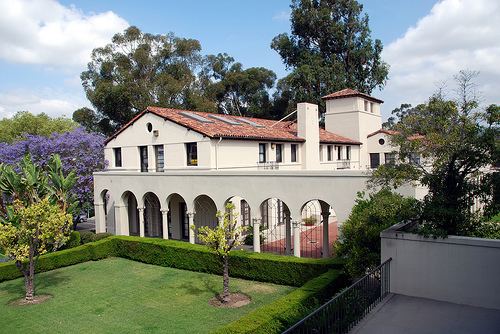
He married Harriette Boardman and his son was poet Robert Hunt, long-time partner of Witter Bynner.
Career
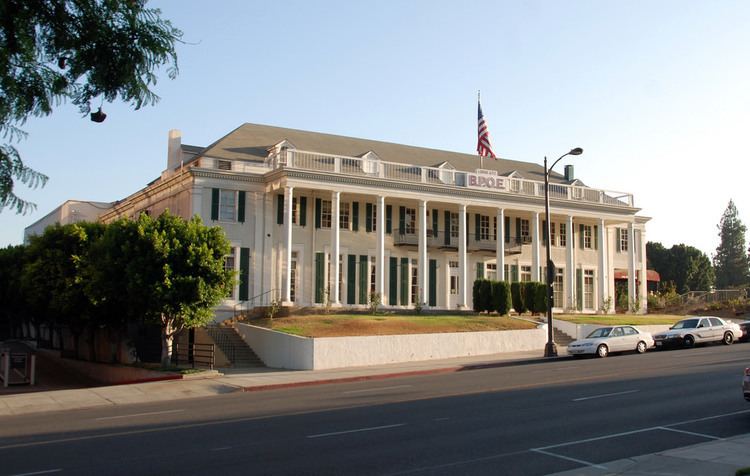
Hunt is mentioned in the writings of Frank Lloyd Wright and other Chicago architects of the era as an early member of the group which came to be known as the Prairie School, but in 1903 he moved to Los Angeles, where he entered into a partnership with architect Elmer Grey (1871–1963). Opening an office in Pasadena, the firm of Hunt and Grey soon became popular with the well-to-do denizens of that city, who were building many costly houses during that period. Some of the firm's Pasadena work was featured in the national magazine Architectural Record as early as the issue of October, 1906. They were soon designing large houses in communities throughout Southern California including the summer ranch home for cereal magnate Will Keith Kellogg at the present day campus of California State Polytechnic University, Pomona (Cal Poly Pomona).
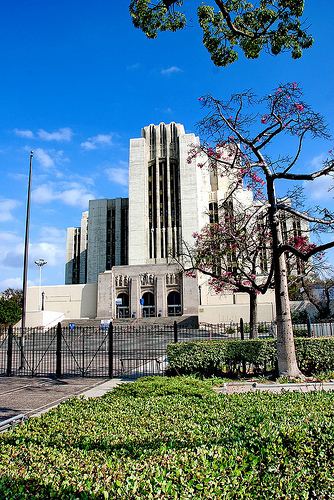
They also began receiving commissions to design larger projects, including hospitals, schools, churches and hotels. This included work for Throop Institute in Pasadena, the school which would soon become California Institute of Technology. In 1911, they began plans for the new campus of Occidental College in the Eagle Rock district of Los Angeles. (Hunt would be the principal architect of all of Occidental's buildings through 1940.) Another school with which the firm had an association was Pomona College, for which Hunt and Grey designed a master plan of expansion in 1908, and where Hunt designed an auditorium, Bridges Hall of Music, in 1915.
In 1913, Hunt and Grey designed a new wing for the Mission Inn in Riverside, California. They provided designs for the remodeling, expansion, or construction of a number of hotels during the next decade, culminating with the plans for their largest such project, the Ambassador Hotel in Los Angeles, which opened in 1921. Hunt also redesigned Pasadena's Wentworth Hotel, a failed resort hotel in the city's Oak Knoll residential district purchased by Henry E. Huntington in 1911. Rebuilt to Hunt's design, the hotel reopened as the Huntington Hotel in 1914 and was Pasadena's leading hotel for decades thereafter. In 1921, he transformed the Vista Hotel into one of the premier resorts in Pasadena, designing several of the hotel's original bungalows.
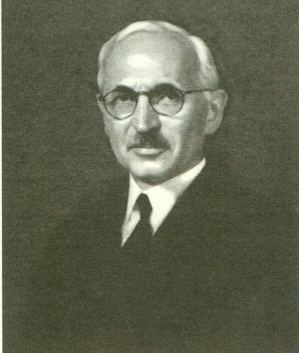
Hunt and Grey's association with Henry Huntington had been established a few years earlier when, in 1909, they designed his house in San Marino. With a large addition built in 1934, the house was to become the main art gallery of the cultural center built around the Huntington Library. Later in his career, Hunt would design a new main building for the hospital that bore Huntington's name.
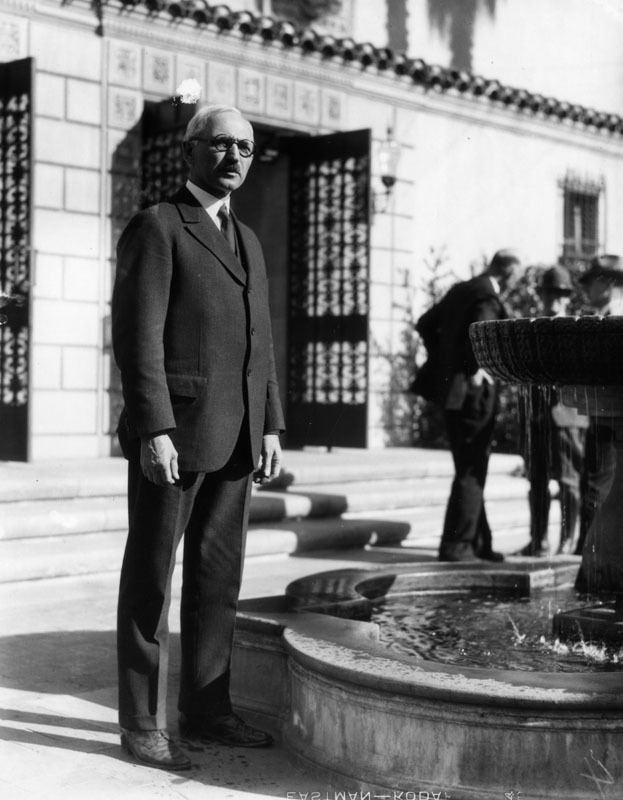
Another Pasadena landmark designed by Hunt is the Rose Bowl. In 1927 Hunt designed a hotel for Senator Frank P. Flint, which was quickly sold to the Biltmore chain of hotels. Due to the Great Depression, the hotel was sold in 1931 to the Dominican Sister of Mission San Jose, who founded Flintridge Sacred Heart Academy, an all-girls' day and boarding high school.
By 1912, Hunt was no longer in partnership with Elmer Grey, but had established a new firm with Los Angeles architect Harold C. Chambers. In this partnership Hunt designed a number of California libraries, including those in Redlands, Palos Verdes Estates (Malaga Cove Library), Santa Barbara, and most notably the Pasadena Central Library, one of the three major civic buildings making up the Pasadena Civic Center District.
Hunt retired to Port Hueneme, California near Berylwood that he designed for the home of Senator Thomas R. Bard. He died there in 1952.
Myron Hunt projects
Hunt and Grey (1903–1910)
Hunt and Grey, Architects—the partnership firm with Elmer Grey, from 1903 to 1910.
Myron Hunt office (1910–1920)
Myron Hunt, Architect—the firm of Myron Hunt, from 1910 to 1920.
Hunt and Chambers (1920–1947)
Hunt and Chambers, Architects—the partnership firm with Harold Coulson Chambers, from 1912 to 1947. Chambers started working with Hunt as a draftsman in 1907, and worked his way to becoming a Partner in 1920.
